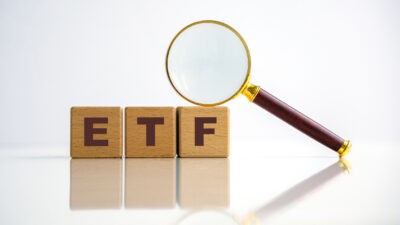Well, it has been a stunning start to the year for ASX shares, no way around it. Since the beginning of January, the S&P/ASX 200 Index (ASX: XJO) has gone from 7,038.7 points to the 7,476.7 points it ended the month at.
For what it's worth, the ASX 200 has climbed even higher on this first day of February, hitting 7,537.7 points during the course of the trading day today.
Going from 7,038.7 points to 7,476.7 points represents a gain of 6.2% for the ASX 200. For some context, the average annual return (not monthly return) of an ASX 200 index fund like the SPDR S&P/ASX 200 Fund (ASX: STW) over the past 20 years or so is 7.74%.
So this is truly a stellar start to the year for ASX shares. Hopefully, you have seen some of these gains in your own portfolio.
ASX 200 returns in 2023 defy the odds
Backtrack just a month or two, and this would have been hard to foresee. At the end of 2022, all we seemed to hear was that 2023 would inevitably bring a recession.
Central banks around the world were continuing to lift interest rates amid high inflation, and the phrase 'hard landing' (referring to rising rates crashing the economy) was everywhere you looked.
It just goes to show that investing bears are more often wrong than they are right.
If an investor had listened to the market commentators warning of a rough 2023 and sold out of their shares 'before the crash', they would probably be feeling a little silly right now.
Now, we are only one month into the year. There are still 11 to go, and we might indeed see a recession or a bear market in 2023. Today could be the peak of 2023's ASX 200 heights for all I or anyone else knows.
Our chief investment officer Scott Phillips shared a similar sentiment last month. Here's some of what Scott said:
Can you imagine being the poor bastards who sold out at the end of last year because 2023 was going to be terrible? How do you reckon they feel now?
Again, they might still be right in 50 weeks' time. But remember, the long term trajectory of the market is 'up and to the right', even if that journey is a bumpy one.
Stop trying to time the market. And stop listening to predictions. Please.
How to invest in 2023
But here's what we do know. ASX shares go up far more than they go down. And if an investor sticks it out, through thick and thin, they are more likely to see the positive results that investing in shares brings.
Every year, ETF provider Vanguard releases an index chart. The latest version came out in August last year.
This chart tracks the returns of ASX shares, international shares and other assets over a 30-year timeframe. What it consistently shows is that shares, while perenially volatile, never fail to exceed previous all-time highs.
That's despite wars, recessions, rising interest rates, falling interest rates, global geopolitical struggles and whatever other maladies you can think of. It also shows that shares, both ASX and US, consistently deliver better returns over long periods of time than all other assets.
Indeed, the chart shows that $10,000 invested in ASX shares in 1992 would have grown to $131,000 by 2022.
Like a broken clock, bears are occasionally right in their doom and gloom predictions. But that's 131,000 reasons to just ignore the naysayers and keep on investing.







